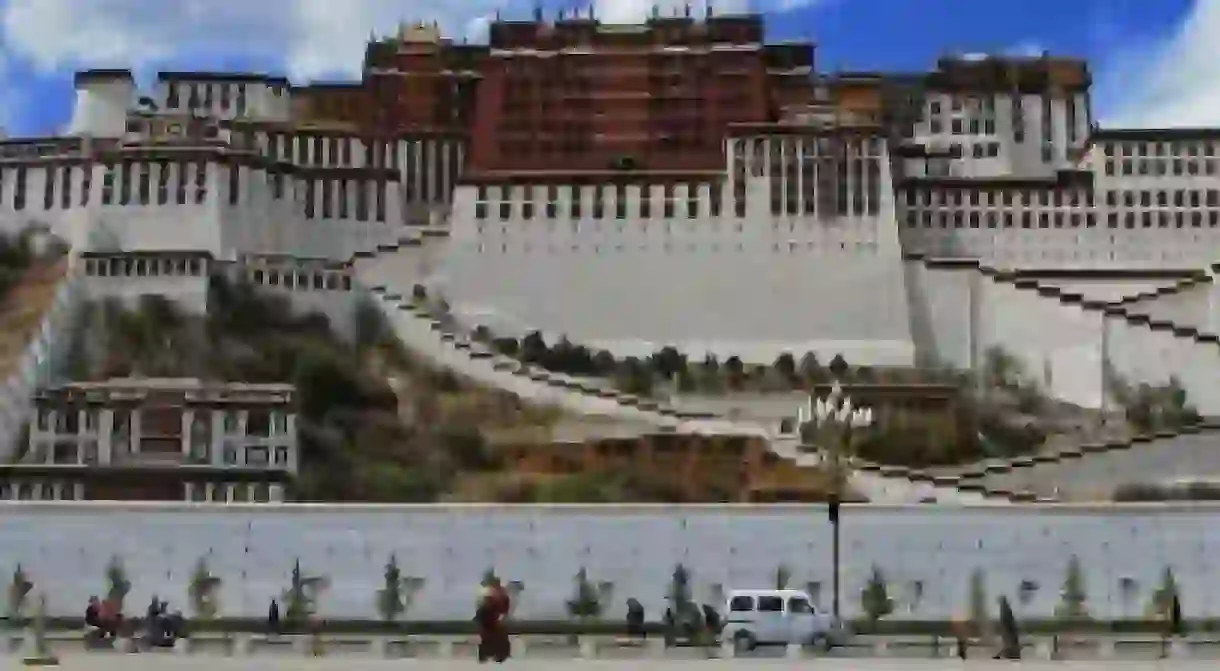The Best Galleries and Museums in Lhasa, Tibet

Tibetan art is strongly rooted in the region’s Buddhist tradition, with devotional art forms such as thangka painting continuing to thrive. But in recent years, contemporary artists, writers and filmmakers from Tibet have started to explore the area’s contradictions, and cultural and political tensions. With increasing tourism and development transforming the region, Tibetan artists are creating progressive artworks, while revelling in the heady mix of pop culture and Buddhist iconography. Discover the best places to experience art in Lhasa.

Tibet Museum
Museum

The Tibet Museum, in the heart of historical Lhasa, is the first stop to discover the history of art and culture of Tibet. Established in 1999 between the Potola Palace and the Norbulingka Palace, it is the first modern museum of its size in Tibet, holding around 1,000 artefacts. The building itself sympathetically echoes traditional Tibetan architecture, with beautiful ornamental beams and pillars integrated into the design. The museum is thoughtfully laid out, covering Tibetan history on the ground floor, and displaying the region’s arts and crafts traditions on the first floor, in addition to an abundant collection of treasures, cultural relics and religious artefacts.
GC Art Yard
Museum

Potala Palace
Historical Landmark

The UNESCO World Heritage Site, Potala Palace, is situated on the Red Hill in the centre of Lhasa, and is the highest ancient palace in the world. Potala Palace and Norbulingka Palace were the traditional homes of the Dalai Lama, called the winter and summer residences respectively. The magnificent fortress-like Potala Palace, once the seat of government, dominates the old city and represents the pinnacle of Tibetan art and architecture. To protect it, the number of visitors is limited to 1,600 a day, and each visit is restricted to an hour. The building is filled with beautiful murals and precious Tibetan cultural artefacts. Norbulingka is smaller, but also a masterpiece of Tibetan architecture constructed in the 18th century. As a functioning monastery, it offers a peaceful retreat from the buzz of the city. It consists of several palace complexes, representing a variety of architectural styles and ornamentation. The Migyur Potrang (1954), in particular, is notable for its exquisite murals.
The Tibet Summit Fine Art Café
Art Gallery














